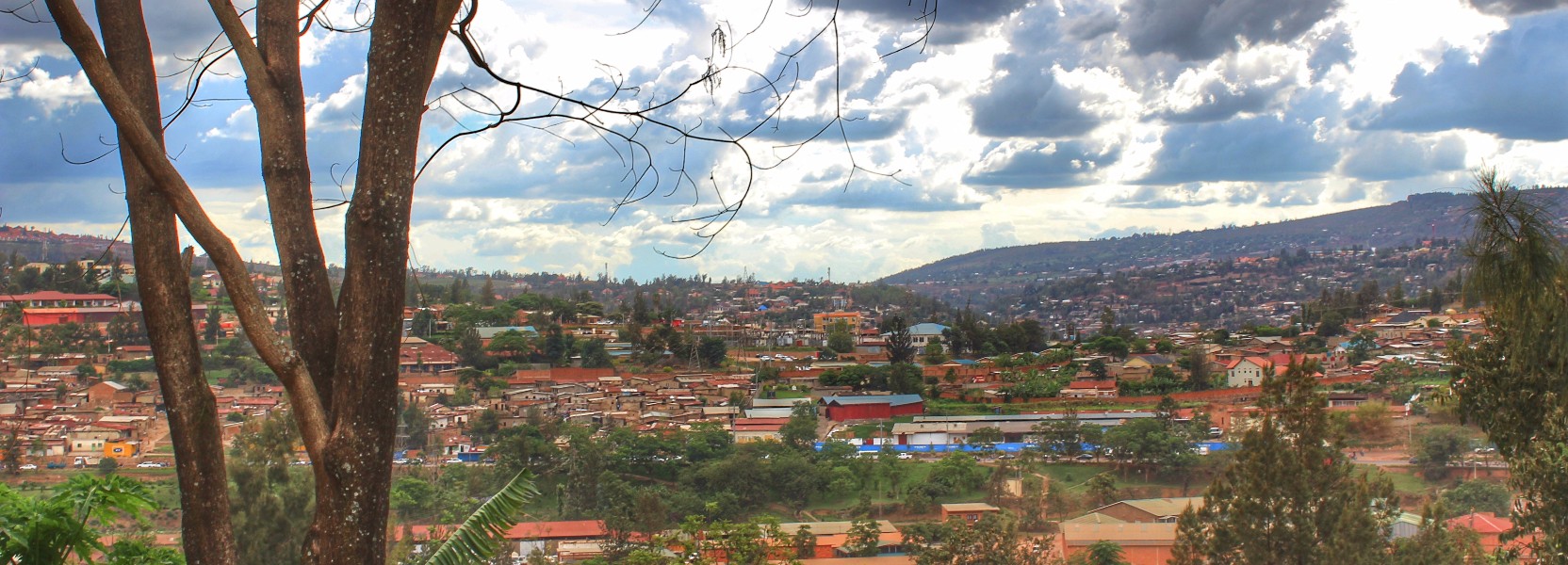Our Path to TSAM

The first MNCH project was divided into 3 elements, which are also reflected in the current project. The first part consisted of 5 modules for training in MNCH in 9 different hospitals. These modules were: Advanced Life Support in Obstetrics (ALSO), Helping Babies Breathe (HBB), Safe Anesthesia from Education (SAFE) focusing on obstetrics, Emergency Treatment Assessment and Triage plus Admission care (ETAT+) specializing in paediatrics, and maternal mental health. Through these 5 modules 90 people were trained to be expert trainers who then trained approximately 300 health professionals in the Eastern province at one or more of these modules. The second part was to continue previous work strengthening paediatric nursing and midwifery programs both their ongoing programs and establishing a new paediatric nursing program. The final part of that project was program evaluation and policy. Which was primarily done by graduate students researching the impact of the project.
There were several important lessons that were learned from the first project that helped to shape TSAM. One of the big lessons that the training was important, but training alone would not have a sufficient impact, ongoing support is needed. Thus the current TSAM project has a core element of mentorship. Secondly, most of the trainings were done in relative isolation. TSAM is developing a model where there is interconnectedness, integration, and coordination between the different parts of the project. This enables the MNCH health issues to be addressed in a more comprehensive manner. Late in the first project Cross Cutting Themes (CCT) were introduced, addressing gender, ethics and interprofessional collaboration. There was strong interest in CCT and a significant impact for even a small amount of work that was done. Thus CCT became a strong part of TSAM.
As the first project was coming to an end there was a large amount of interest being shown by the Canadian government in the impact of international university partnerships. Dr. Cechetto was invited to both Ottawa and Toronto to discuss the impact of the partnership between Western and the University of Rwanda. Dr. Cechetto made it a point to emphasize what the work that had been done, what had been accomplishing and also the fact that Rwanda was not on the preferred country list. When another call came out from the Canadian government to scale up MNCH projects Rwanda was on the preferred country list and Western was listed as a core partner. This was a clear indication that there was a good opportunity to get additional funding and continue the work that had been started. Which led to the current funding for TSAM.
The ultimate goal is for TSAM to develop a strong integrated model to address the gaps in maternal, neonatal and paediatric health, by strengthening the inservice as well as the preservice programs. TSAM has been structured to create a model that is developed in one province, then take the model and the lessons learned to another province within Rwanda, and from there to Burundi. This will demonstrate if the model is applicable in other sub-saharan African countries. One of the goals is to make the model such that accommodations can be made for each place. Dr. Cechetto describes his hopes for TSAM as coming to fruition, “What we would like to do is in multiple forms have this model well developed, written up and provide it to any organization that is working in this area. I think that’s the goal, to see just how successful it is and take the best features of it and share it.”

